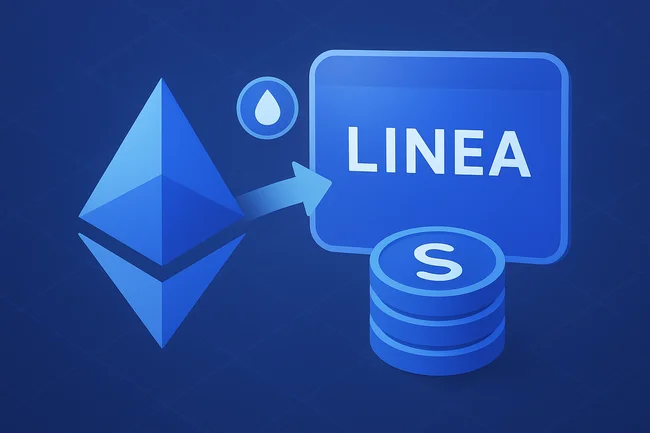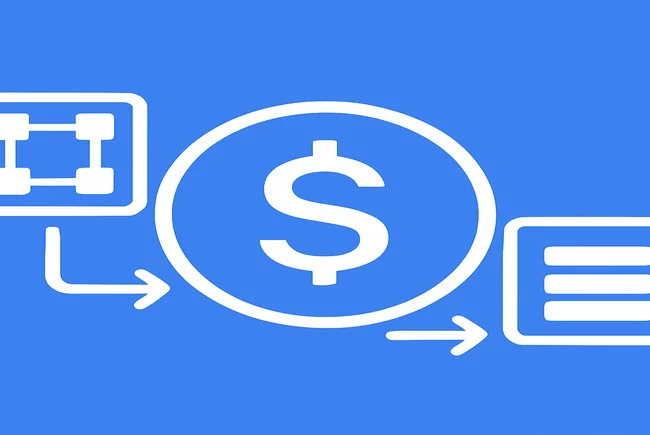Blockchain Layering Protocol refers to a framework that organizes blockchain networks into different layers, each serving specific functions. This approach helps improve scalability, efficiency, and interoperability among various blockchain systems.The base layer, often called Layer 1, is where the core blockchain operates, handling transactions and maintaining security. Examples include Bitcoin and Ethereum. Overlaying this are secondary layers, such as Layer 2 solutions, which enhance transaction speed and reduce costs by processing transactions off-chain or in batches. These solutions often connect back to the main chain for security.Layering protocols can also facilitate interaction between different blockchains, promoting seamless data exchange and transaction capabilities. This ability to communicate and work together helps create a more cohesive ecosystem. Overall, blockchain layering enhances performance, allowing multiple networks to co-exist and interact, frequently leading to innovative applications and improved user experiences.
Aave Labs Acquires Stable Finance to Expand Consumer DeFi Products
Aave Labs has acquired Stable Finance, a San Francisco-based fintech company focused on stablecoin savings, in a move to strengthen



